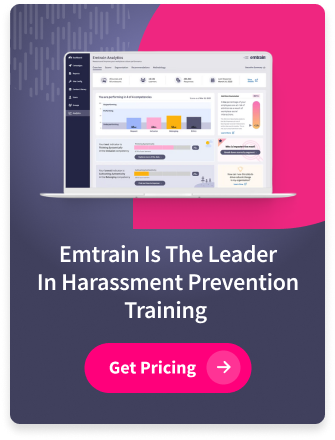Fostering an environment of respect and fairness is crucial for employee well-being and organizational success. One critical area that employers and employees alike need to address is quid pro quo harassment. While the term may sound legalistic or complex, its meaning and implications are straightforward and profoundly important.
What Is Quid Pro Quo Harassment?
Quid pro quo harassment translates to “this for that” in Latin and typically involves a situation where a person in a position of authority demands or offers something in exchange for sexual favors. In the workplace, this could manifest as a supervisor or manager offering a promotion, raise, or favorable treatment in return for sexual conduct—or, conversely, threatening negative consequences like demotion or termination if such requests are refused.
The key elements include:
- Unequal power dynamics: It often involves someone in a supervisory or authoritative position exploiting their influence.
- Unwelcome advances: The requests or behavior are not solicited or desired by the recipient.
- Tangible employment action: The harassment impacts the victim’s job, such as hiring, firing, promotions, or salary decisions.
Examples of Quid Pro Quo Harassment
To understand how this type of harassment might occur in real-world scenarios, consider the following examples:
- A manager tells an employee that their performance review will be favorable if they agree to go on a date.
- An employee is denied a promotion after refusing their supervisor’s repeated sexual advances.
- A supervisor implies that an employee’s job security depends on compliance with inappropriate requests.
Why Quid Pro Quo Harassment Is Harmful
Quid pro quo harassment not only creates a toxic work environment but also undermines trust, respect, and fairness within an organization. It can:
- Damage employee morale: Employees may feel unsupported or unsafe, leading to disengagement and decreased productivity.
- Expose employers to legal risks: Employers can face significant liability if they fail to prevent or address such behavior.
- Hinder diversity and inclusion: Quid pro quo harassment disproportionately affects individuals from marginalized groups, perpetuating inequality and exclusion.
Preventing Quid Pro Quo Harassment
Organizations must take proactive steps to prevent quid pro quo harassment and address it effectively when it occurs. Here are some best practices:
- Establish a Clear Policy: A robust anti-harassment policy should define quid pro quo harassment, outline examples, and explain reporting procedures.
- Provide Training: Regular training sessions help employees and managers recognize, prevent, and respond to harassment. Training should emphasize that harassment is unacceptable and illegal.
- Encourage Reporting: Create a safe and confidential process for employees to report incidents of harassment without fear of retaliation.
- Investigate Complaints Thoroughly: When an allegation arises, conduct a prompt, impartial, and thorough investigation.
- Hold Perpetrators Accountable: Enforce policies consistently, ensuring that anyone found engaging in harassment faces appropriate consequences.
- Foster a Respectful Workplace Culture: Promote open communication, mutual respect, and inclusive practices to reduce the likelihood of harassment.
The Role of Employees
Employees also have a role by:
- Recognizing and reporting inappropriate behavior.
- Supporting colleagues who may be experiencing harassment.
- Participating in training and adhering to workplace policies.
Final Thoughts
Quid pro quo harassment has no place in a respectful and equitable workplace. By fostering awareness, implementing effective policies, and promoting a culture of accountability, organizations can protect their employees and cultivate an environment where everyone can thrive.
At Emtrain, we offer comprehensive harassment prevention training and resources to help organizations navigate these challenges. Together, we can build safer, more inclusive workplaces.
Related Blogs to Read:
Hostile Work Environments: How Organizations Can Recognize and Prevent Risk
Supporting LGBTQ+ Employees: Policies and Practices for Inclusion
Office Romance and Conflicts of Interest: Policies That Protect Your Workplace
Severe and Pervasive Harassment: What Employers Need to Know
Workplace Harassment: Addressing Unwelcome Conduct Through Training
Manager’s Duty to Report: Train Managers on Reporting Responsibilities
Off-Duty Conduct: Legal and Ethical Considerations for Employers








